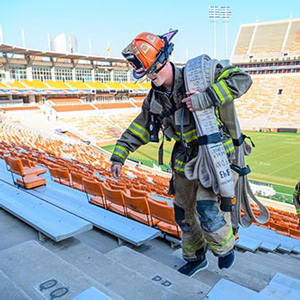
Imagery
Photography
Our brand uniquely exists at those places where the Clemson Experience intersects with its outcomes in the world, and our photos and videos show those outcomes and intersections in an authentic and compelling way.

We have developed a style of photography to distinguish and differentiate Clemson from its competitors. Our photography utilizes leading lines to represent movement, direction and pathways. Additionally, it frames the specific over the generic, the iconic rather than the everyday.
The brand requires both intentional front-end photo direction and a distinctive back-end editing process. Other elements of our brand include:
- Leading lines.
- Use of directional light.
- Wider focus.
- Wider depth of field.
- Uncluttered environments.
- A culture of support through mentorship, collaboration and the Clemson Family.
- A brand element to tie the image to Clemson, either through color, the Tiger Paw or a landmark on campus.
- More editorial in nature: textured, layered, emotive.



Stock Photography Usage
When original photography does not exist or cannot be used or created to help tell a specific story, stock images can be used. It's best to use stock images to help convey concepts but never to suggest people, locations or activities on campus. Authenticity is very important to our brand, so we want to be careful not to deceive or misrepresent what it's like to be at Clemson.
When using stock in external marketing and communications pieces:
- Represent campus with official Clemson photography when possible.
- Use stock photography to convey concepts such as health, technology or education when Clemson photography is not available.
- Give proper credit in accordance with the stock asset providers licensing policy.
- Use stock photography to suggest people, locations or activities on campus.
- Sell any artwork or merchandise generated using stocks assets licenses for Clemson University use.
Photographic Best Practices
Ideally, our images should communicate collaboration. Some tips for doing this include:
- Avoid images of isolated people.
- Lean into authenticity.
- Be intentional but not at the risk of feeling staged.
- Show an emotional connection.
- Consider shooting the same situation from a variety of different angles.
- Consider versatility and utility of photos at all times (shoot horizontal and vertical, close up and farther out, etc.).
Portrait-Style Photography
Portrait-style photography has the subject (or subjects, ideally no more than three or four) engaging in their environment to tell the significance story. Should have enough negative space to allow incorporation of graphic lines/elements within the photo. Leading lines should draw the eye to the significance point of the photo.
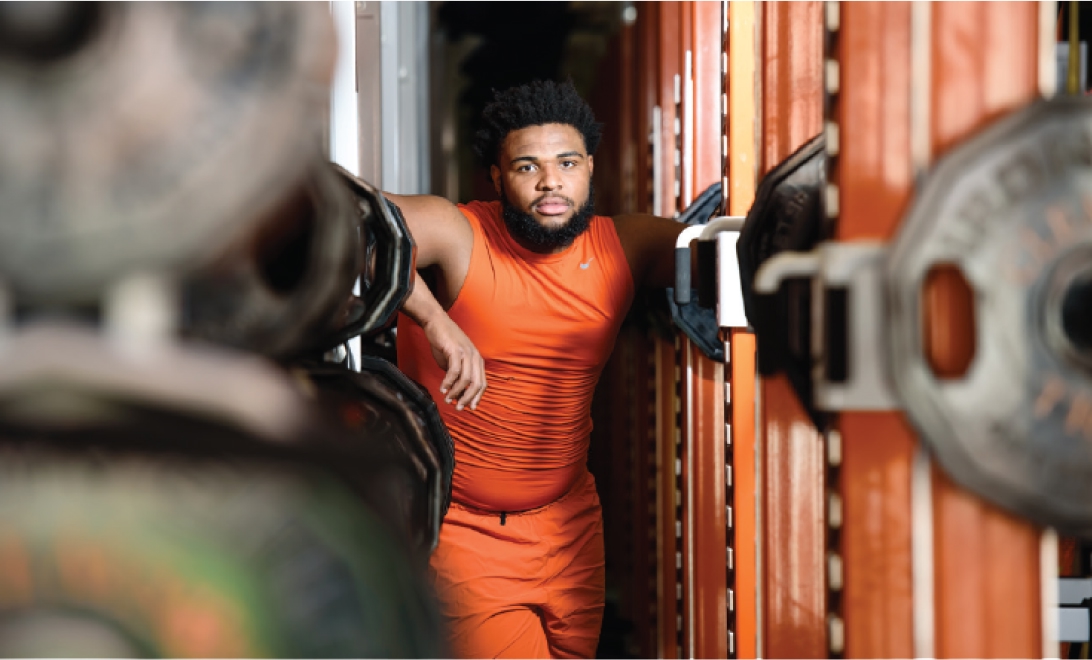



Landscape-Style Photography
Geography-based intentionally shows the foreground and background or the subject or subjects in context. This treatment works better in horizontal, but it can and should be shot both horizontal and vertical for maximum flexibility. It is more textured and more editorial in style than past brand photography to communicate depth, authenticity and specificity. Photos should include a brand element, if possible, to tie it to Clemson.


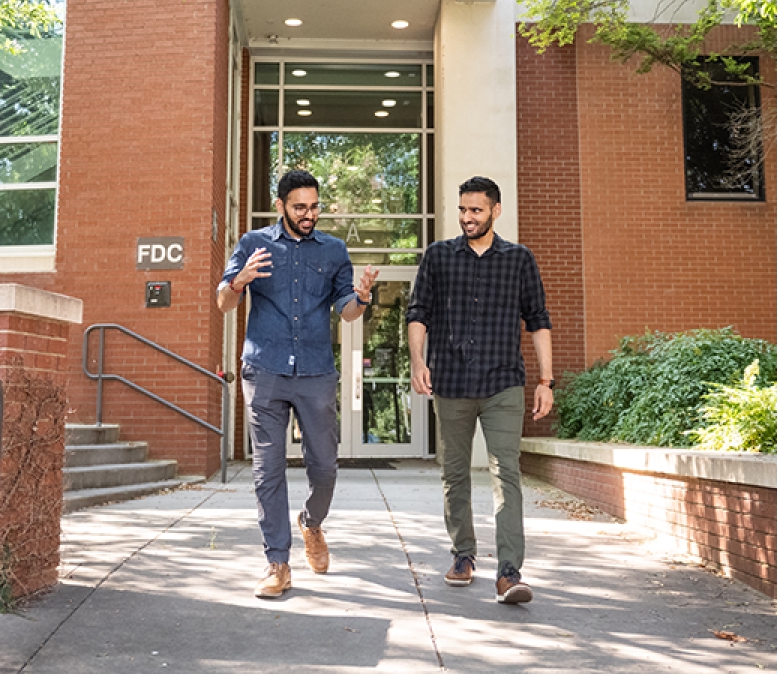
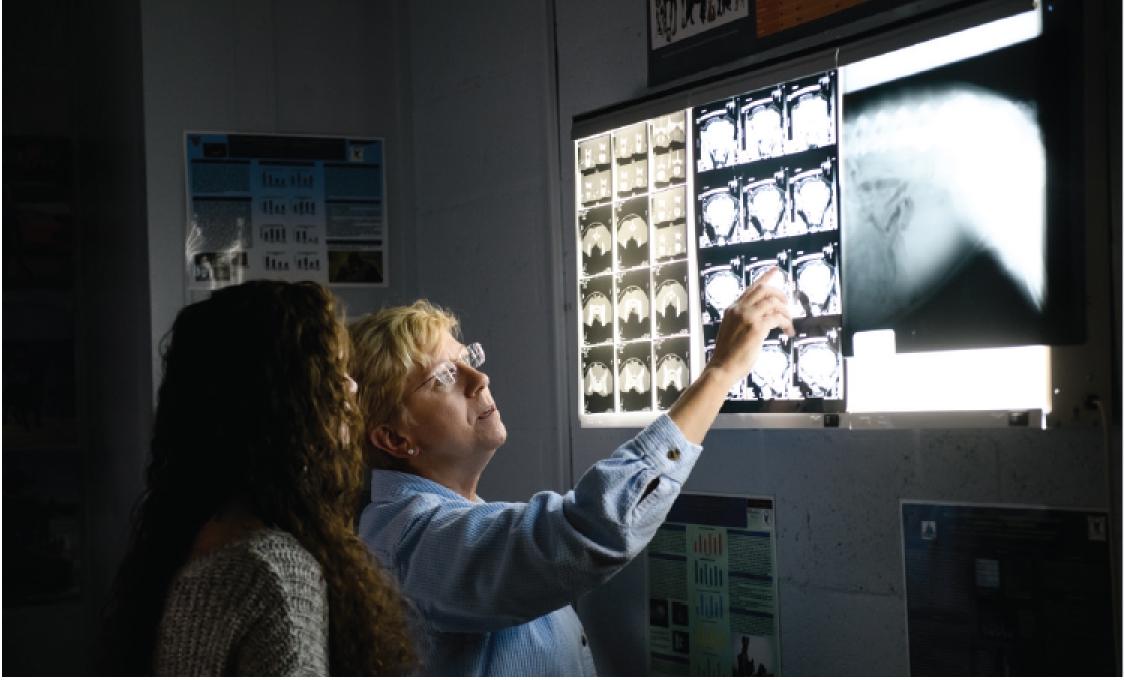
A Spectrum of Photography
Consider how photographic approaches can align to Clemson's brand spectrums to portray an authetic glimpse into the Clemson Experience.
TRADITIONAL
INNOVATIVE

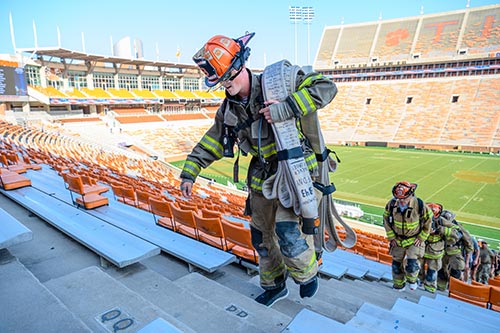





University Photography Resources
Canto
Clemson also provides a gallery of images for public use through its digital asset management system Canto. Clemson faculty and staff can access a larger selection of images in the Canto DAM system through their Clemson login.
Smugmug
SmugMug has galleries available publicly, which include events and headshots.
SmugMug is also the University's photography archive, which is limited to Clemson users. For access to the expanded gallery set, contact photo@clemson.edu.
Smugmug Galleries for Clemson Users



